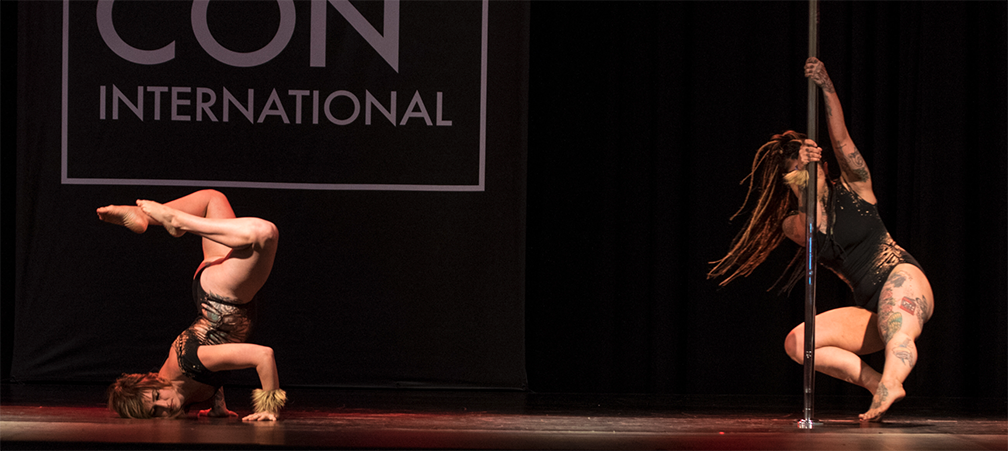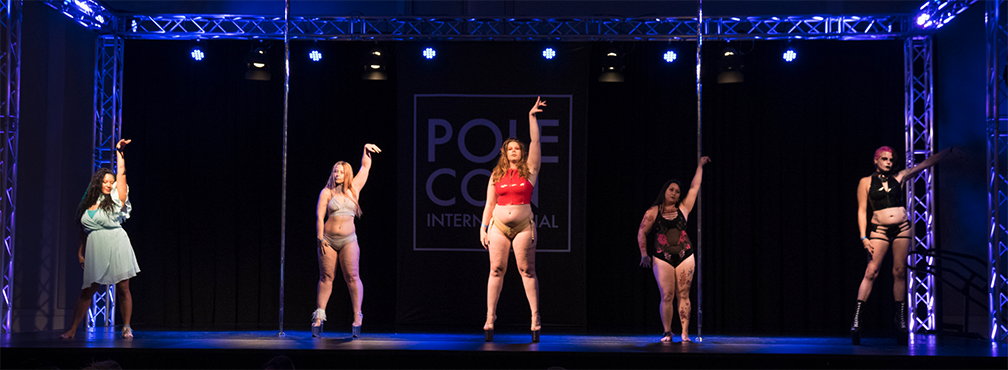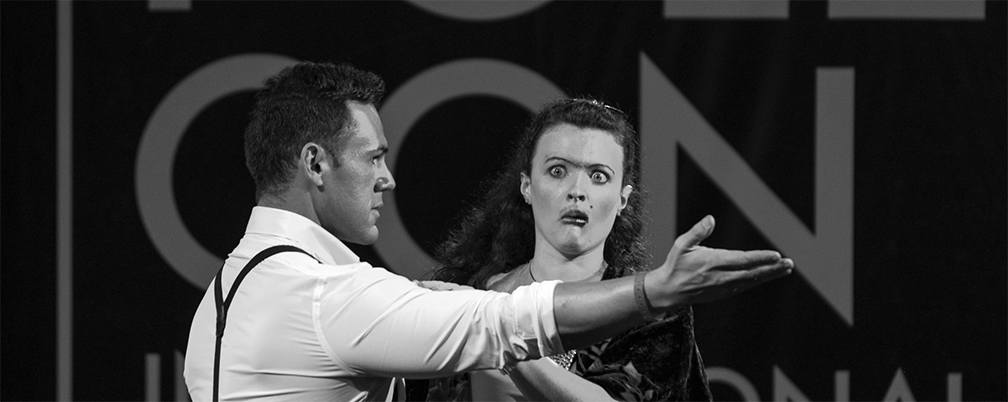
How Everyone Can Find Empowerment Through Pole Dance
Pole dancing develops the body’s core, as well as both upper and lower body strength, according to Healthline. Aside from the physical benefits of the exercise, however, the art of pole dancing can also be empowering for a number of people, and can help greatly in gaining self-confidence and more. From how a variety of individuals have been empowered in the studio to how the studios can endeavor to be more inclusive, here’s what you should know.
From stereotypes to empowerment
While many people attend pole dancing classes as part of a regular workout regime or to perform, others may seek to gain confidence, strength, and a sense of community when in the studio. However, there has long been a variety of stereotypes attached to pole dancing. One post from The Everyday Magazine, for context, states: “Pole dance is often seen as something sexy that attractive women like JLo do. But let’s face it: the average woman is not Jennifer Lopez.”
According to Healthline, pole dancing can help with chronic pain and be a source of empowerment through the exercises involved. However, pole dancing can be empowering for anyone. Having heard negative comments about her size in the past, Jamie Hines, 36, has since found that pole dancing has improved her self-esteem despite having had a ‘base level of confidence’ through burlesque dancing, according to an article from HuffPost. “The size of my body hasn’t changed much, but I can do a lot more. I feel like I can take on the world,” Hines said.
Working towards an inclusive environment
While many studios work to be inclusive, there’s always room for improvement. Promoting diversity, for example, can be improved by ensuring that everyone has the same opportunities and implementing a culture of anti-discrimination. Pole dance studio owner Amy Bond writes about the topic of exclusion in the industry, noting that she often receives inquiries from those who want to pole dance but are unsure whether it’s ‘for them,’ whether the worry is simply not being a dancer or regarding their body. Bond highlights how the issue of exclusion can affect the industry in a major way, stating “For many people who have been made to feel shame about their ability to pole dance, they simply find another sport, rather than finding another studio.” Bond goes on to note that pole must be perceived as being accessible by all, stating that this begins on a community/studio level. By bringing to light the stereotypes surrounding pole dancing, rethinking studio policies, and cultivating a welcoming environment that’s encouraging to everyone, the pole dancing industry can undoubtedly change for the better.
Pole dancing can be an amazing form of expression and empowerment for many women, though stereotypes and a lack of representation in regard to aspects like body type highlight where the industry needs to improve.
- How Everyone Can Find Empowerment Through Pole Dance - June 30, 2023
- The Best Home Workout Routines For Pole Dancers For Strength and Flexibility - June 24, 2022
- The Rise of Pole Dancing as an Art Form - May 13, 2022


